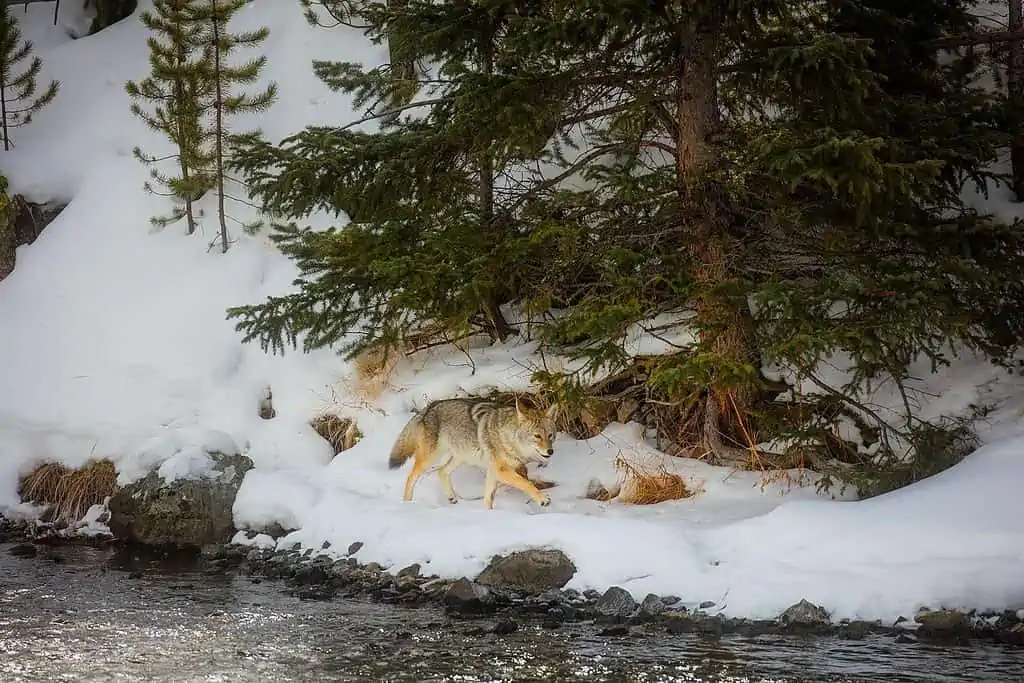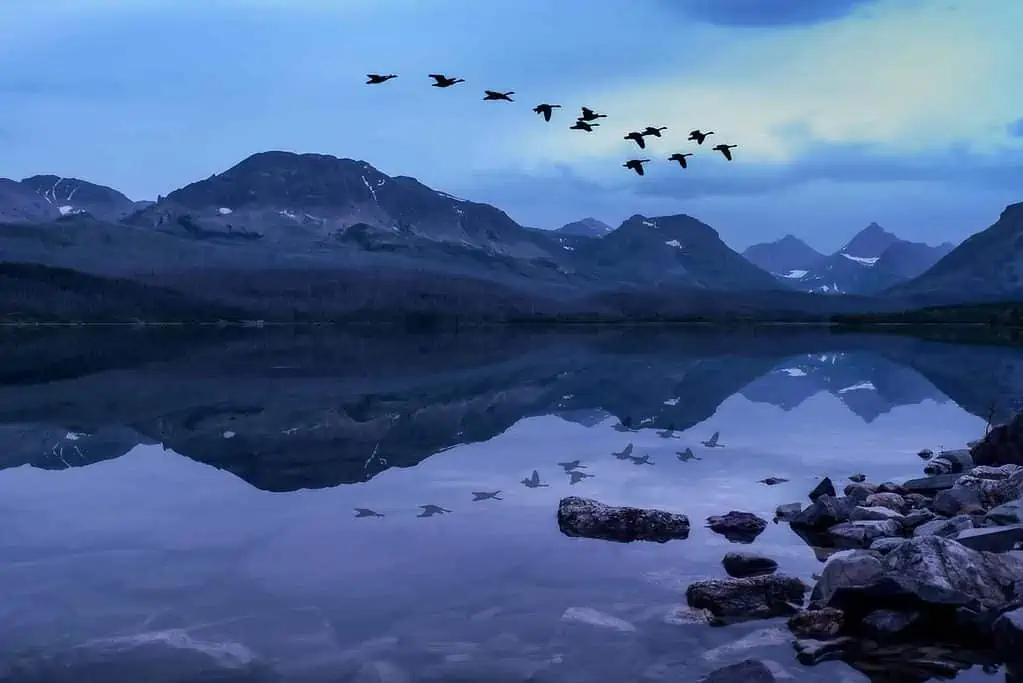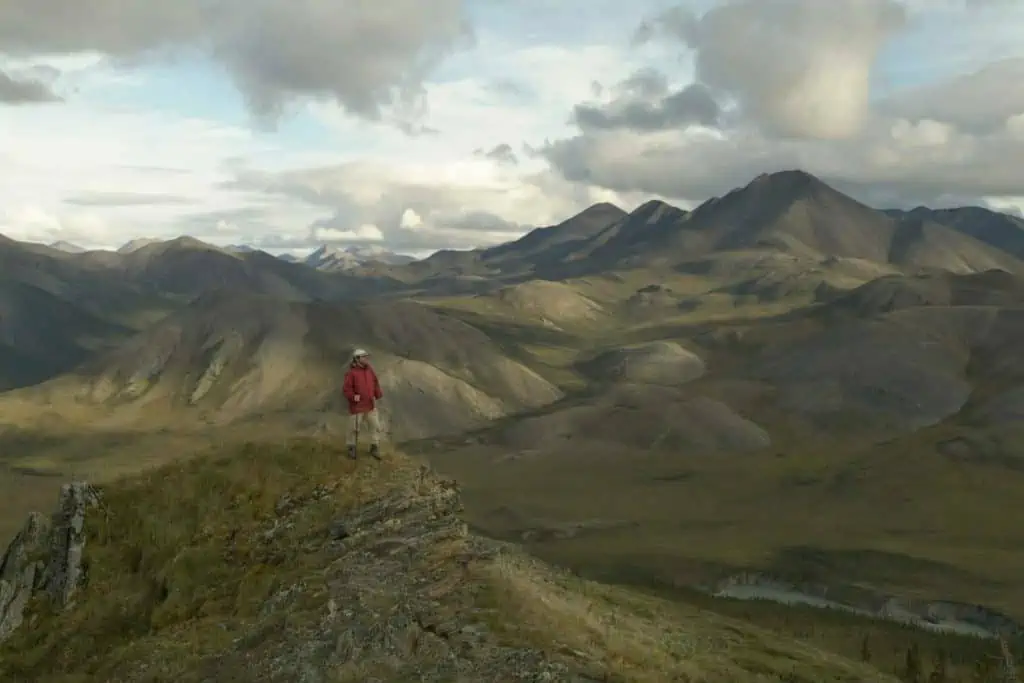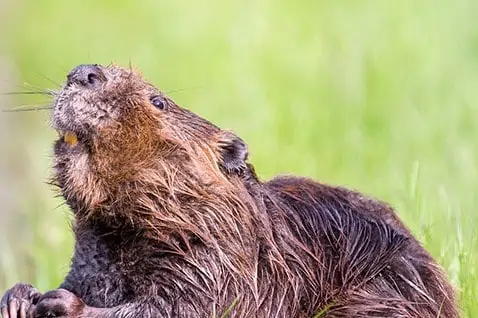Look at a section of forest that has been harvested. A group of conservation-minded people entered the cut and made a number of bush piles. The bush pile becomes a safety net for rabbits, squirrels and other such creatures, but let’s not stop there. Along comes a perching bird and lands on top of the bush pile to look over the ground below for food. Droppings from the bird will no doubt contain seeds and thus progression has its start.
When I was in public school, we learned about agricultural practices firsthand. Our class was taken out to a farm where they were harvesting grain. We tossed the stocks of hay on the hay wagon. From there, it went to the combine and then on into the barn hay stack. Next we took a trip to the dairy and learned about the process of the milk we drank. If a school is interested in environmental conservation, it would be a good idea to take a class of students out to a local forest that’s been harvested, where they could undertake some bush piling. This would push progress for the environment as well as the student.
Similarly, the word succession is of vital importance in wildlife management, but to the average person, it may mean no more than someone climbing the ladder of politics. Matured forest trees provide little more than shelter for most big-game animals. The most valuable stage of forest growth is the successional stage, or, in the early years of the new growth of trees such as the coniferous cedar, or the deciduous poplar and ash. This may be a surprise to some, but deer, moose and the like survive on more than just grass. Deer, moose and elk have a special digestive tract that enables the animal to digest a cross section of leaves and small twigs of some conifer (evergreen) and deciduous (broad leaf) trees. Those are typically eaten during the winter months, or in early spring. Commercial loggers may consider the previously mentioned trees as garbage, but for big game, they are life -savers. Succession is most important to the well-being of all wildlife, especially big game.
When you throw something called “carrying capacity” into the mix, you further complicate the science of wildlife management. A winter deer yard must have a sufficient number of successional plants to carry a herd through the colder months. Any amount of cover can only supply so many deer with so much food though. Take one of these things away and you will have a disaster. Of course, one of the most important factors is sufficient and available water sources for the wildlife. This is where wetlands, bogs and swamps come in. Next in line is the availability of successional plants to feed a specific number of animals.
As a conservation officer in Ontario, I visited winter deer yards and found many dead deer. Unfortunately, the dead were often the young deer. That’s because carrying capacity wasn’t balanced. The key to survival was having an appropriate number of deer for the food available. In these cases, the larger deer had eaten away the lower branches of the trees so the younger deer could not reach the food necessary to get them through the winter. This is why wildlife managers (“people of science”) need to know the number of deer, moose, elk, caribou, etc. in their specific herds. If the herd is over carrying capacity for available food, water and shelter, then the number of allowable harvest is increased or decreased. We had this problem in Ontario when I was chair of zone 5 of the Ontario Federation of Anglers and Hunters.
A large group demanded the deer season continue, even though the province’s deer herds were in major trouble. Our zone hired a full-time wildlife manager. Using the above strategies, within six months, that manager put forth a well-analyzed document, The Ontario Buck Law. For the first time in the province’s history, based on carrying capacity, only bucks could be harvested. Within three years, the deer population rebounded. Balancing wildlife, food and cover is the key to all fish and wildlife management.
Now that we’re talking limiting factors though, we must broaden our scope to include all types of wildlife in a specific area. We are concerned with the food for the deer, but we must also take into consideration the number of rabbits, foxes, wolves, bears, etc. in the area. Why? How can rabbits be a risk to a deer herd? We must accept that all species are involved in the carrying capacity of a habitat. If there is a specific number of successional plants required to carry a specific number of deer through the winter, but double the rabbit population, the rabbits reduce the available plants for the deer.
If you think that’s complicated, try studying the science of wildlife management.




